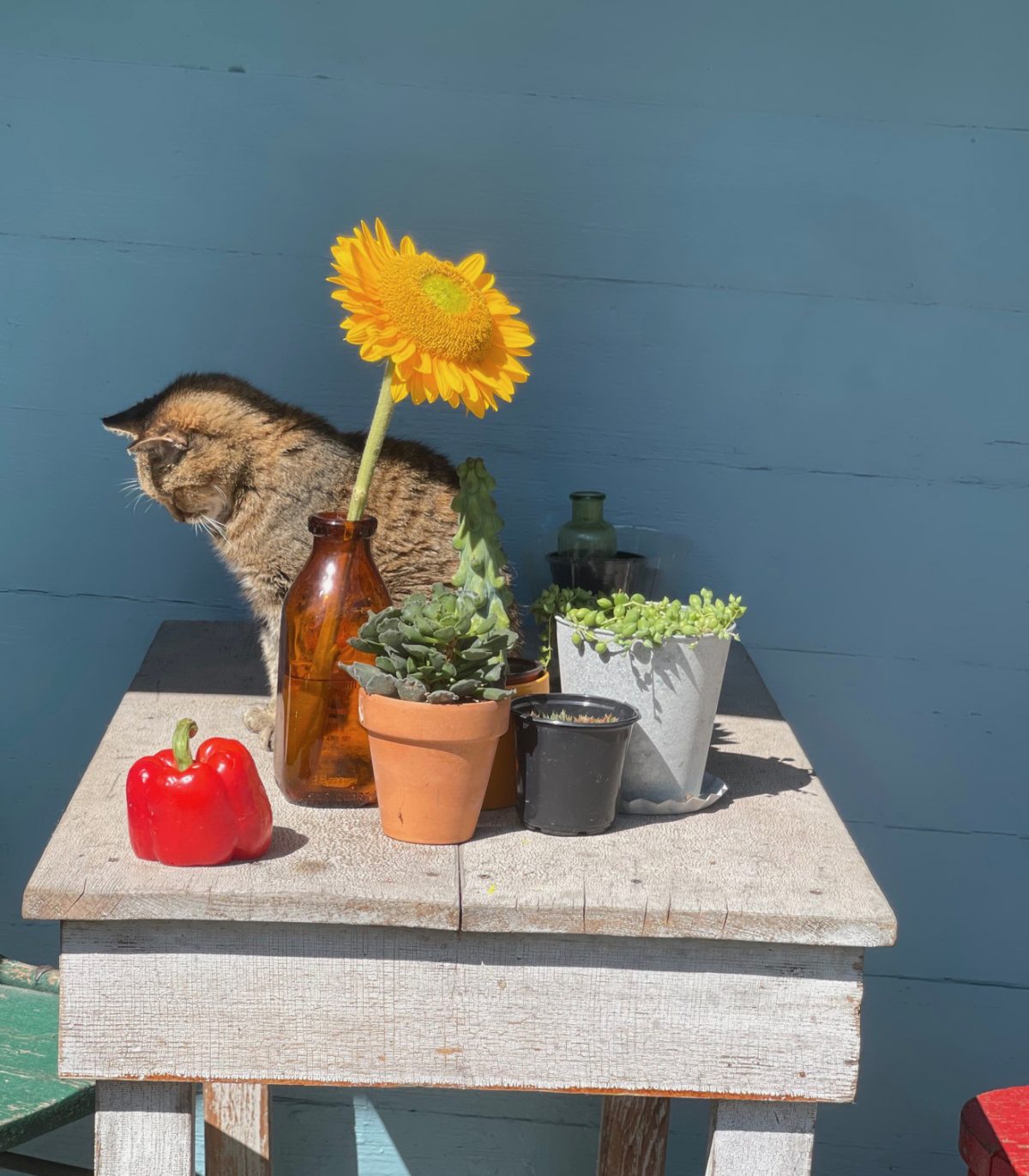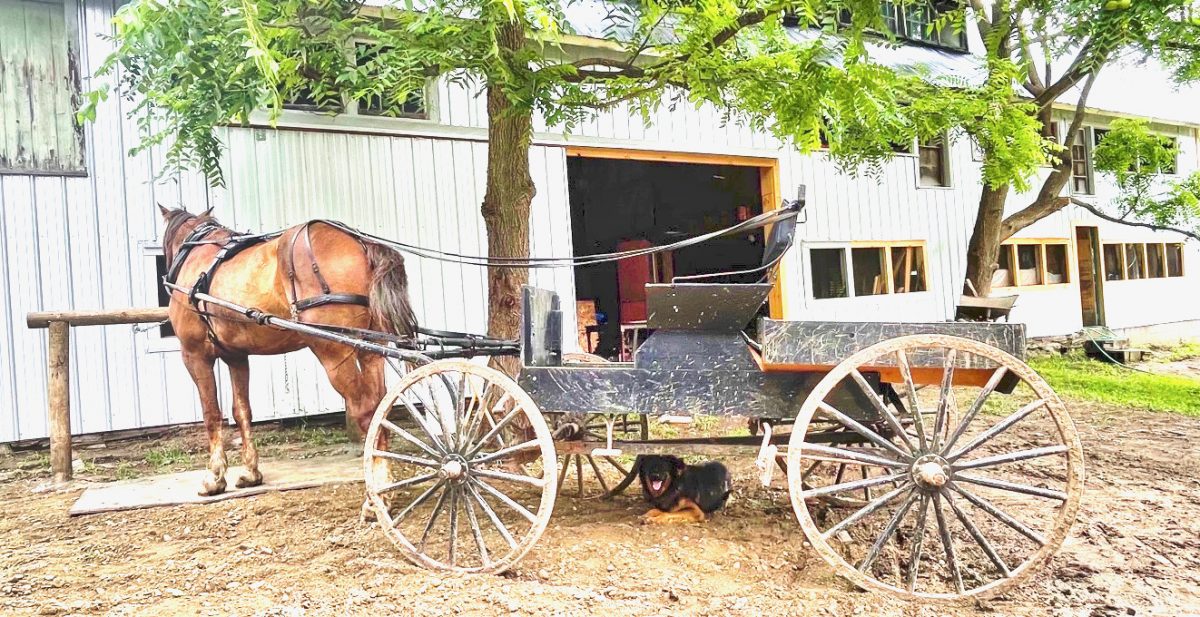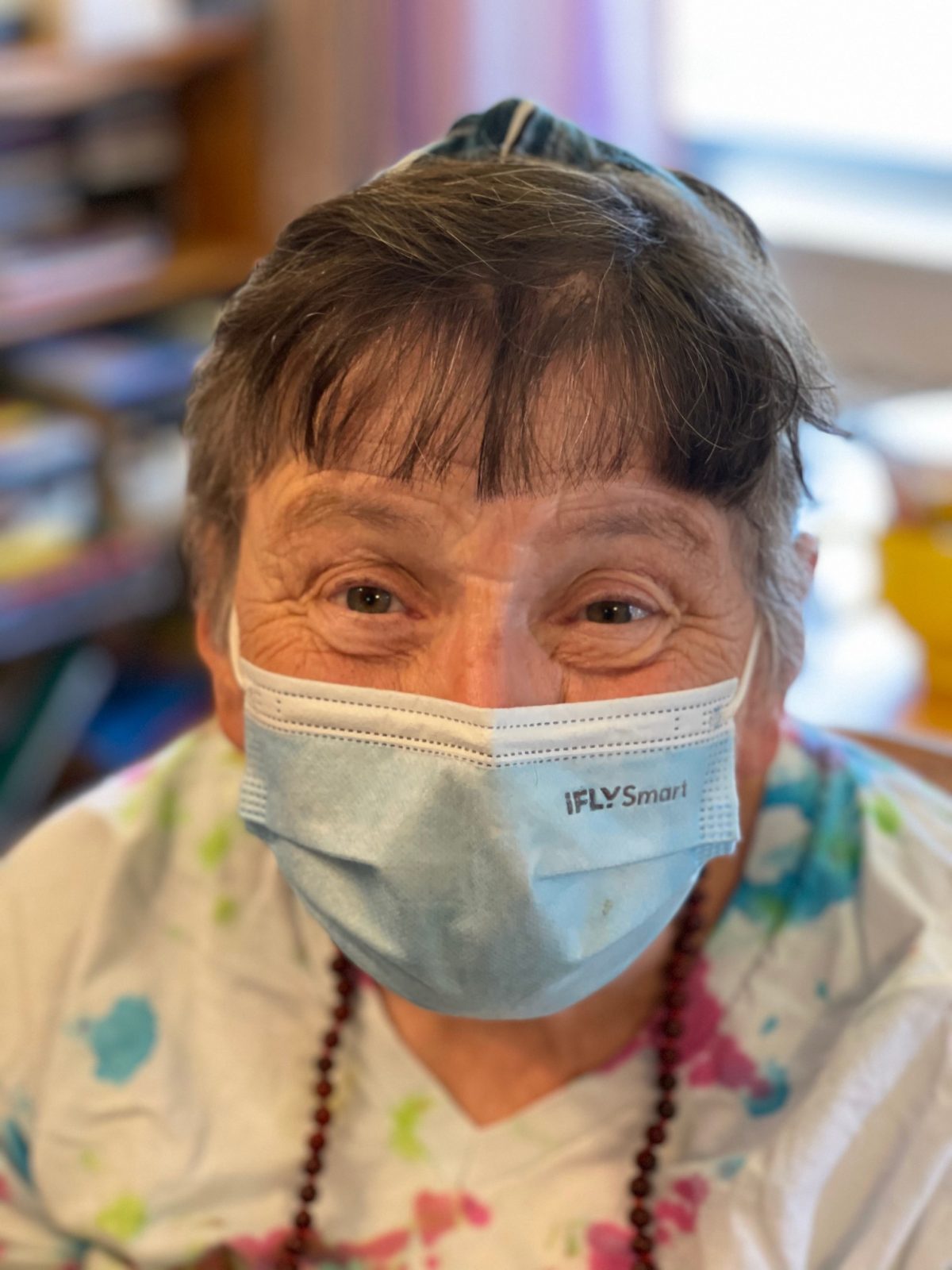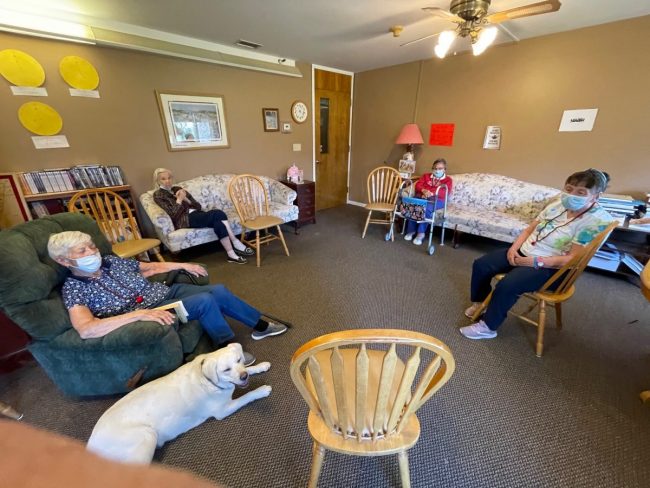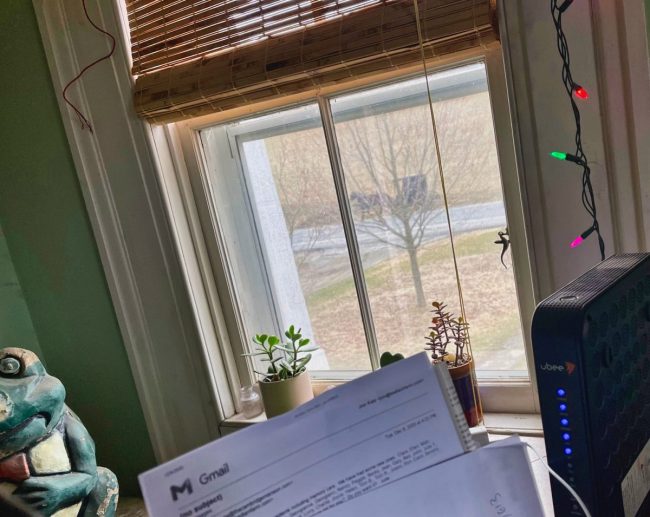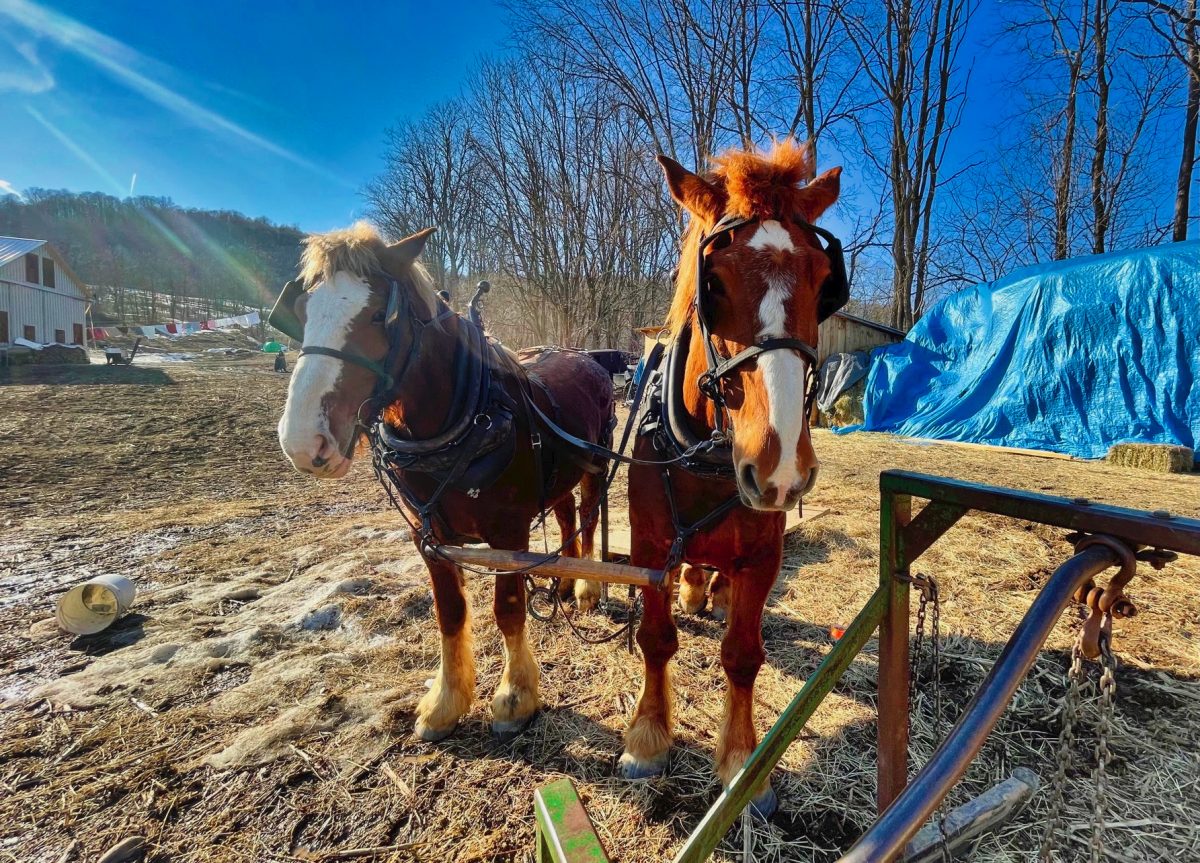It’s hard to forget pain, but it’s even harder to recall sweetness and hope. We have no scars to show for happiness. And we seem to learn so little from peace and love.
For most of my life, I have been aware of having pain in my heart. But it was only a few years ago; I realized that every human being has pain in their heart.
In our world, people share their pain openly and continuously with others and seek both comfort and soothing. At times, I think new messaging technology brings people in pain together. Other times I think this new messaging culture enables pain and prolongs it.
On the medium we call social media, pain is passed back and forth like trading cards in an old candy store. It’s sometimes hard for me to know what’s mine and what’s someone else’s.
I want to keep my pain; I don’t care to give it away.
I’m afraid I disagree with the idea that time heals all wounds; I think time teaches us how to live with the pain that is a part of being human. I don’t want to forget the pain. I want to remember it, understand it, learn from it.
It is a powerful teacher.
Pain is a crop that I harvest and flip over. Pain, seen honestly, is a path to glory for me.
What I have learned is that pain is not unique to me or anyone else.
I’ve learned that pain is not a license for self-pity or self-hatred. I have no right to speak poorly of my life.
I have learned that everyone has it worse than me. I have learned to cherish the boundaries around pain. I won’t take in the pain of others. I don’t give my pain away to anyone else.
I’ve learned that not all pain is real. There is false pain and true pain.
Pain for me is a personal thing and a private thing, not something to be put on Facebook or Twitter as bait for sympathy and attention. Speaking only for myself, pain is something I have to work out for myself. Otherwise, it just keeps hurting and growing.
At first, I thought my pain and my heartbreak were unprecedented in the history of the world. But then, I looked, listened, cried, read, and came to understand pain is one of the most common things and feelings. Everyone knows it and has met pain.
I don’t know a human being who doesn’t know pain, most of it far deeper and more scarring than mine.
If one breathes, they have known pain.
I’ve chosen to turn my pain into wisdom and transfer it to good. That’s what mean by “harvesting” pain.
If I feel pain, I can use it to help others feel less pain. In a way, that’s what the Army Of Good is all about.
A new resident of the Mansion took me aside the other day; he was embarrassed and hesitant. He asked me for help in buying a shaving brush. His was so old he could barely shave without cutting himself and leaving stubble.
He was uncomfortable; he felt dirty and unkempt. He was mortified at not being able to shave in the way he always had. He said he felt like a bum. I asked him if he had shaving soap, and he didn’t. I am getting him both.
In my mind, this turns my own hurt into a salve; it makes another person’s pain less. My pain melts away when I am helping someone else.
The Man in the Mansion will be happy when he gets his brush. I will be happy to give one to him.
That is a perfect way to use pain and feelings of failure and loss into something valuable.
I go by this rule: Everyone has it worse than me.
A close friend fell and broke a leg a month ago and tells me often that it was the worst imaginable experience and she will never get over it or recover from it.
I want to offer sympathy and love, but she has given herself all the comfort one could want. Her pain was real, but there was no room for anyone else’s.
Her Facebook page is a testament to her grieve and struggle.
She has no sympathy left for people whose homes have been burned to the ground, or whose neighbors have been swept away by the flood, or drowned in roadways, people whose grandparents died from heat exposure when their power was lost, or whose cousins died of stroke or Covie- 19.
I am on a spiritual path, which means I fail as much as I succeed. I don’t need to be a saint to be a spiritual being; all I need is to keep thinking and trying – not to quit. usw
I’ve learned not to try to feel the pain of others. It is theirs; it is not mine to take. Eventually, they will hate me for taking it.
I don’t want to be a pain thief, taking in the pain of others so that I can feel sorrier for myself or better about myself. I am learning to empathize with the pain of others but to never take their pain and make it mine.
More and more, I believe we are ultimately responsible for ourselves. Pain is not something to give away lightly.
Every day I call a friend of mine who is dying and tell him stories of the outside world. When I get off the phone, I tell myself that I can feel all the sympathy I want, but his pain is not mine; other people’s pain will paralyze me and prevent me from loving the way I am called to love.
I respect the pain of others, so much so that I will never try to take it from them.
One of my spiritual challenges is learning to distinguish my pain from others attached to me but are not truly mine.
And this was a new and important idea for me; I never thought of making a distinction between my pain and the pain of others.
I thought a good human being was one open to everyone’s pain.
The more pain I took in, the better human I was. This was false.
Hospice was the beginning of my understanding that the truly human thing was almost completely the opposite of what I believed. The truly human thing was to respect the pain of others and to listen, not drink it in. This, I found, made them more comfortable and took the pressure off me and my feelings off of them.
We are not here to absorb the pain of others, to reassure them that life would be successful for them. We are there to stand in the doorway and listen. Nobody can absorb the pain of other people and survive.
The last thing the sick and dying need is to soothe and comfort them.
I give them the pain that is theirs, so I keep the pain that is mine. I believe there are things to be acknowledged but not share.
I understand I am swimming upstream. I shake my head when I see all the online tributes to dogs that died years ago and how much pain people are still in about it. Perhaps there is no statute of limitations about pain.
Perhaps there is one about suffering.
One of the social media challenges is that so many people use it to put their pain onto me or others. I will never get used to total strangers telling me what I think and feel.
When I feel rejected, a failure, inadequate, or a misfit, I have learned not to let these feelings pierce my heart and enter my consciousness.
I am not a failure; I am not a misfit. I am learning to disown that kind of pain as false and meaningless. It is always a struggle to keep distinguishing the real pain from the false. Those struggles have taught me a profoundly important lesson about separating real pain from imagined or false pain.
If I am faithful to the struggle and keep seeing the truth about myself, I will have my real pain as a path to the spiritual life I seek.

